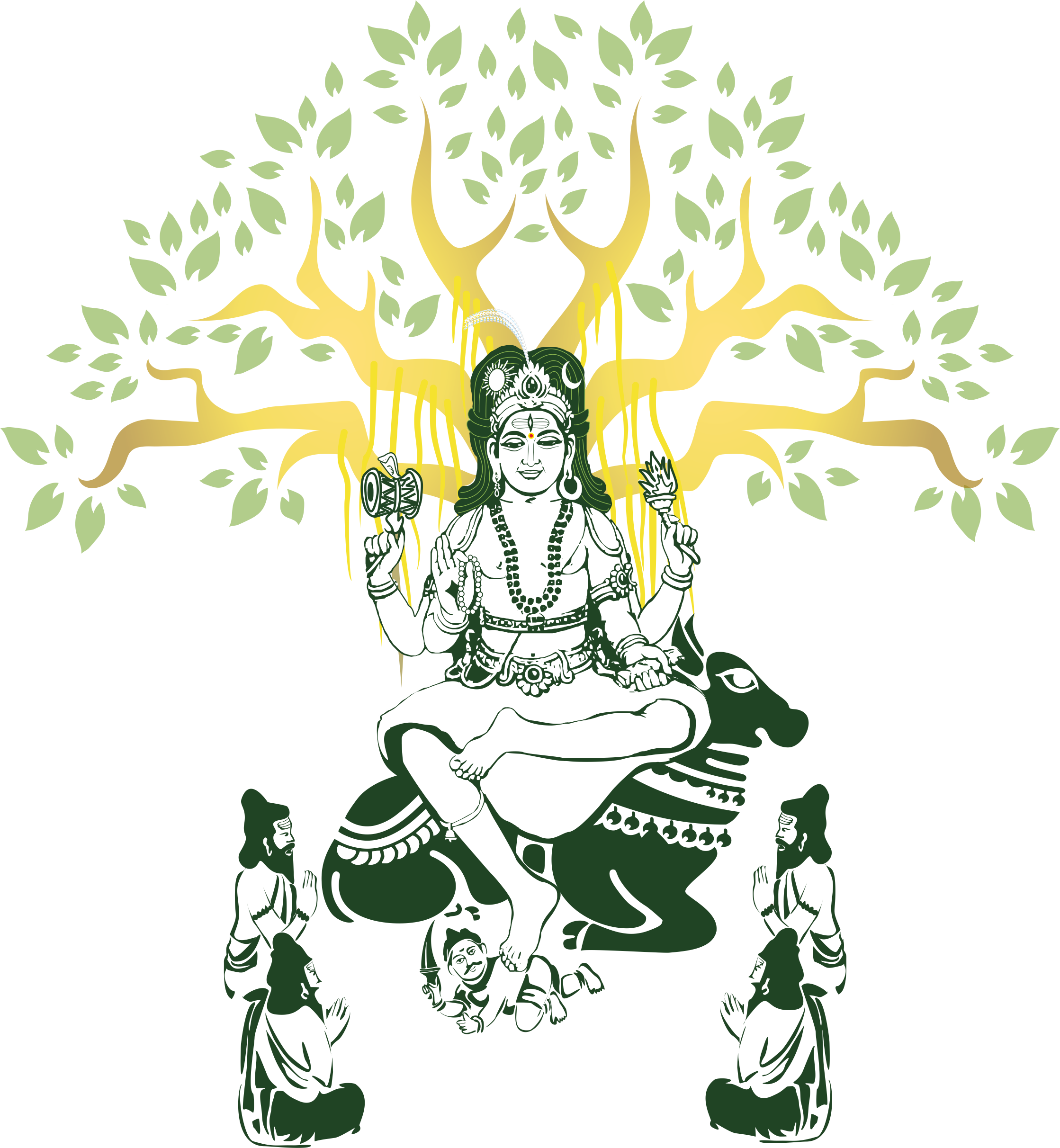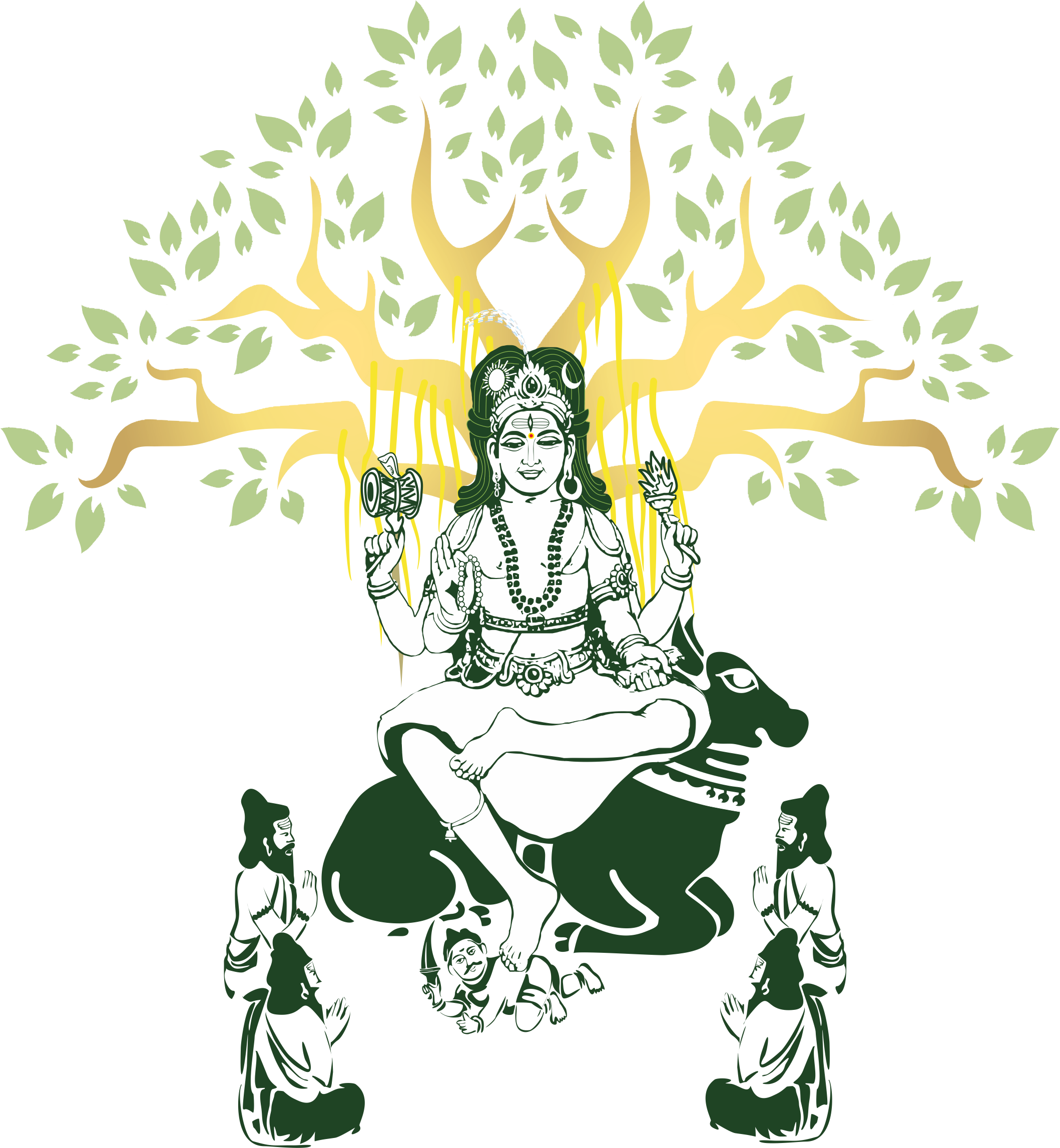PRATAH- SAMARANA - STOTRAM
with Swami Tattvavidananda
PRATAH- SAMARANA – STOTRAM (A Morning Prayer)
This is a prayer composed by Sri Adi Shankaracharya consisting of three stanzas in which the mind (manas) speech (vak), and body (kaya) of the individual are sought to be dedicated to the supreme Spirit.
The first thoughts, words and actions of everyday exert a great influence on the life of the individual. If they are consecrated and made divine, they will pave the way for spiritual illumination. The prayer at dawn is profoundly significant in that the dawn is the outer symbol of the inner awakening.
In these stanzas, Shañkara sets forth also the quintessence of Advaita-Vedánta. The ultimate Reality is Saccidánanda (existence-consciousness-bliss). It is turèya, that which is the reality of the three states of experience and is beyond them. These expressions, however, ought not to be taken literally as descriptive or definitive of Reality. Hence it is that Brahman is indicated by the negative way, as `not this’, `not this’. Brahman eludes categorisation; it is not within the limits of ideas and words. The so-called individual soul is non-different from it. The soul is not to be confused with the body mind complex. The elements that constitute the world are but illusory appearances on the basic Reality, even as a shake, a garland, etc., are projections on a rope. As the sun of wisdom rises, these illusions disappear, and the goal of life is reached.
प्रातः स्मरामि हृदि संस्फुरदात्मतत्त्वं
सच्चित्सुखं परमहंसगतिं तुरीयम् ।
यत्स्वप्नजागरसुषुप्तिमवैति नित्यं
तद्ब्रह्म निष्कलमहं न च भूतसङ्घः ॥१॥
Prátah smarámi hrudi samsphuradátmatattvam
saccitsukham paramahamsagatim turèyam
yatsvapna jágarasussuptamavaiti nityam
tadbrahma niskalamaham na cha bhutasañgha.
At dawn I remember the Reality which is the Self, shining brilliantly in the heart, existence-consciousness-happiness, the goal of Paramahamsasannyasins (sages), the Fourth; That which knows always the states of dream, waking and deep-sleep, that Brahman which is partless I am, not the cluster of elements.
प्रातर्भजामि मनसा वचसामगम्यं
वाचो विभान्ति निखिला यदनुग्रहेण ।
यन्नेतिनेतिवचनैर्निगमा अवोचं_
स्तं देवदेवमजमच्युतमाहुरग्र्यम् ॥२॥
Pratarbhajámi manasá vacasámagamyam
vacho vibhánti nikhilá yadanugrahena
yanneti neti vacanair nigamá avocam-
stam devadevamajam achyutam áhur agryam.At dawn I sing the praise of That which is unattainable by mind and speech, but by the grace of which all words shine. That which the scriptures declares through the words `not this’, `not this’- That God of gods, they say, is unborn and un-changing.
प्रातर्नमामि तमसः परमर्कवर्णं
पूर्णं सनातनपदं पुरुषोत्तमाख्यम् ।
यस्मिन्निदं जगदशेषमशेषमूर्तौ
रज्ज्वां भुजङ्गम इव प्रतिभासितं वै ॥३॥
Prátarnamami tamasah paramarkavarnam
pürnam sanátanapadam purushottamaakhyam
yasminnidam jagadaseshamaseshamurtau
rajjvaam bhujamgama iva pratibhasitam vai.
At dawn I bow to that which is called the Highest Self which is beyond darkness, of the hue of the Sun the ancient goal which is the plenum – That, the residuless form (i.e. the whole) in which the entire universe is made manifest like a serpent in a rope.
श्लोकत्रयमिदं पुण्यं लोकत्रयविभूषणम् ।
प्रातःकाले पठेद्यस्तु स गच्छेत्परमं पदम् ॥४॥
Slokatrayamidam punyam lokatrayavibhusanam
pratahkale pathedyastu sa gacchetparamam padam.
This meritorious triad of verses, the ornament of the three words – he who reads at the time of dawn goes to the supreme goals.
This is the pahala-sruti (description of the fruit) of this Vedantic prayer. It is an eulogy of the prayer whose purpose is to consecrate the thoughts, words, and deeds of the individual so that the final goal may eventually be gained.



